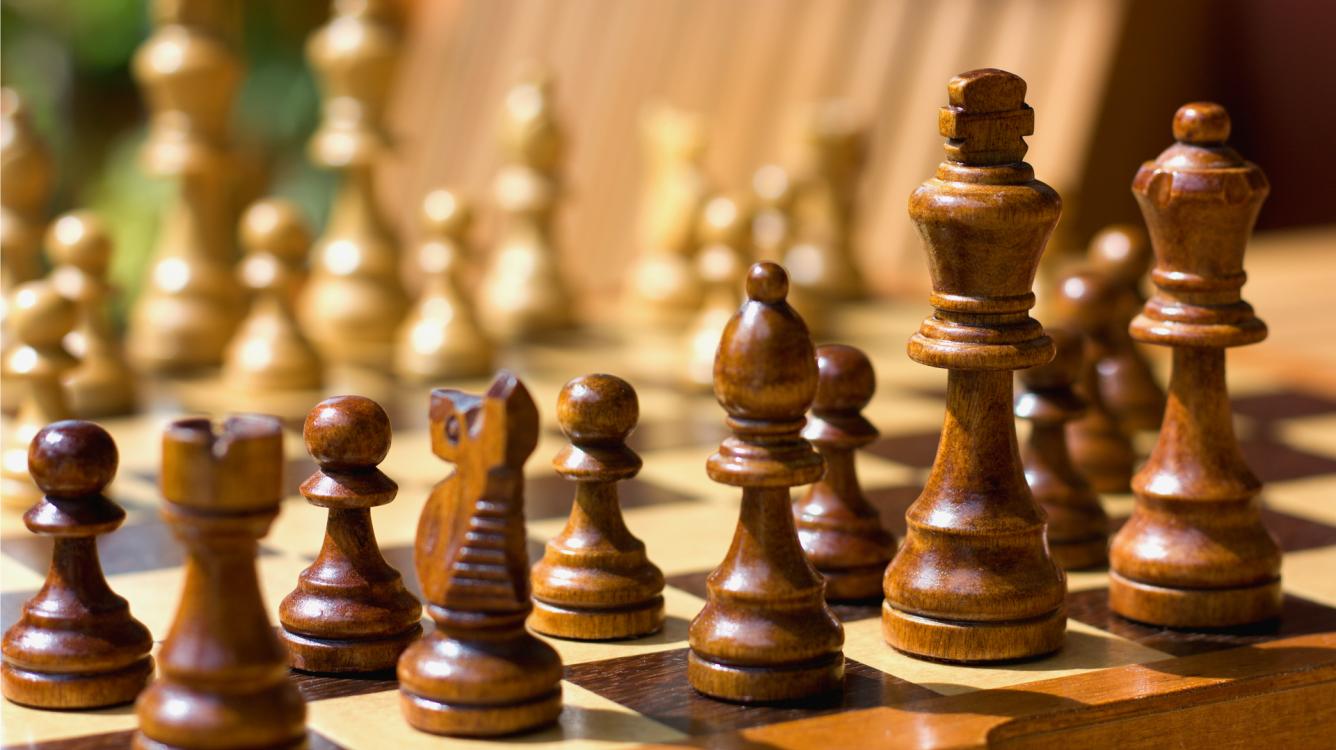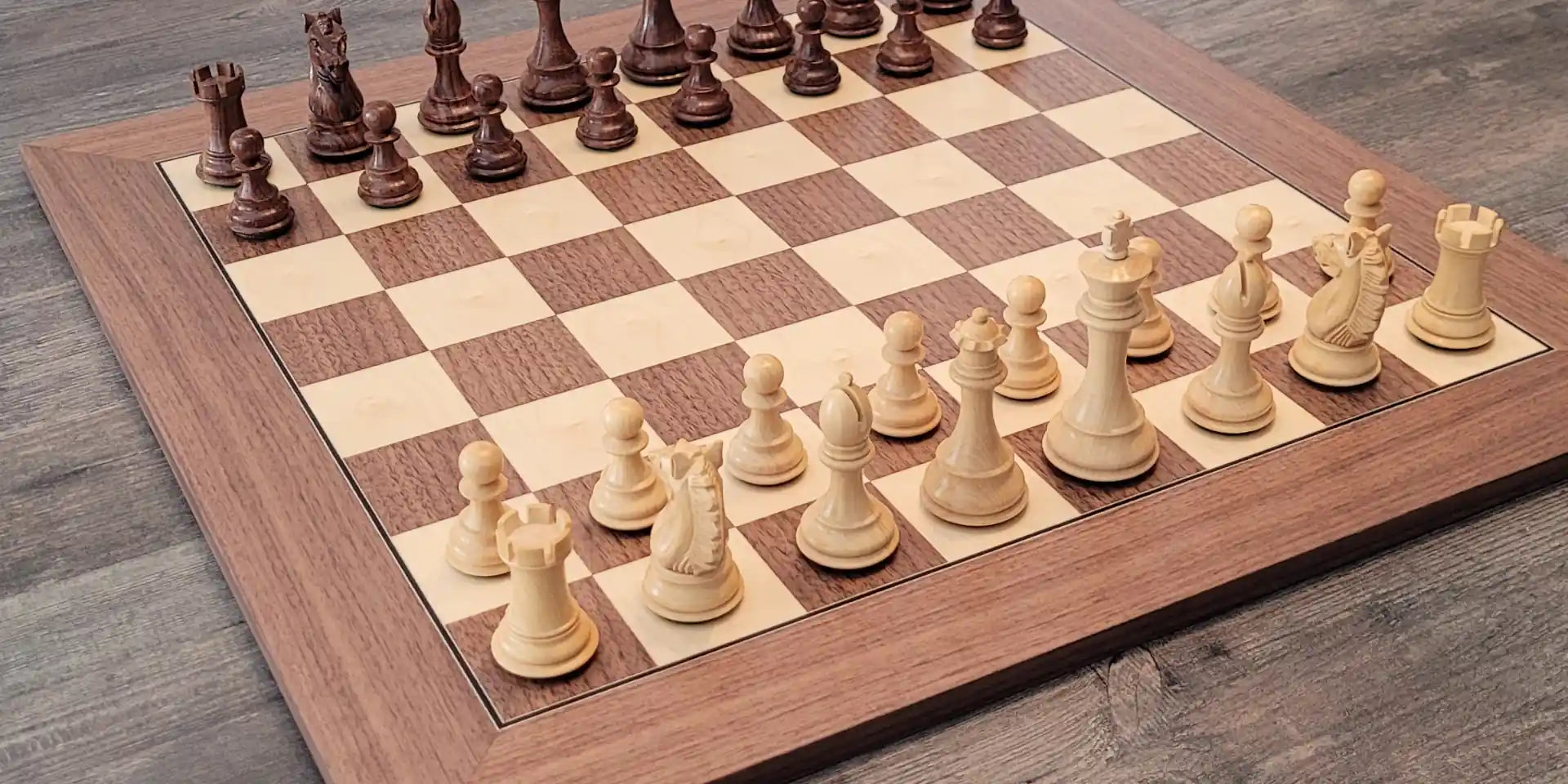Chess in Movies and Books: A Deep Look
Wiki Article
Everything about Chess: Discover the Remarkable History and Strategies Behind the Game
Chess, with its beginnings dating back to sixth century India, has actually transformed considerably over the centuries. This game has captivated minds worldwide, showcasing the radiance of epic players like Garry Kasparov and Bobby Fischer. Recognizing the details of chess, from the motions of each item to important techniques, discloses its deepness. Yet, the concern stays: what drives the enduring fascination with this ancient game? Exploring its background and approaches may reveal deeper insights.The Origins of Chess: A Trip With Time
Although the precise origins of chess stay unpredictable, historical evidence recommends that the game developed from earlier methods played in India around the sixth century. Understood as Chaturanga, this early type of chess included pieces representing infantry, cavalry, elephants, and chariots, mirroring the armed forces techniques of the time. As Chaturanga spread out via trade courses, it adjusted to various societies, causing the development of Shatranj in Persia. This alternative presented new rules and item movements, laying the foundation for modern-day chess.Chess Prodigies: Notable Numbers in the Game's Background
Throughout chess history, amazing prodigies have actually emerged, forming the game's landscape and inspiring future generations. From famous champs that dominated the boards in their time to modern-day abilities redefining the restrictions of young people and ability, these gamers have made enduring marks on the sporting activity. Their tales highlight not just private radiance however likewise the evolving nature of chess as a competitive venture.Fabulous Chess Champions
Chess has actually been formed by the luster of various fabulous champions whose contributions have left an indelible mark on the game. Numbers like Garry Kasparov, known for his dynamic design and unrivaled tactical depth, controlled the chess world throughout the late 20th century. Anatoly Karpov, his competitor, showcased exceptional positional understanding and emotional expertise, protecting multiple globe titles. Bobby Fischer, an American natural born player, changed chess with his unequaled talent and extreme emphasis, culminating in his 1972 World Championship success. In Addition, José Raúl Capablanca's all-natural capacity and endgame proficiency established new standards in the early 20th century. These champions not only stood out in competition yet likewise influenced generations, shaping chess right into an international sensation celebrated for its intellectual roughness and creativity.Modern-Day Prodigies
What makes a chess natural born player absolutely remarkable? The capacity to understand intricate methods at a remarkably young age sets them apart. Modern chess prodigies like Magnus Carlsen, Fabiano Caruana, and Alireza Firouzja have captivated target markets with their phenomenal ability. Carlsen, ending up being a Grandmaster at just 13, redefined assumptions and rose to Globe Champion condition. Caruana, known for his deep preparation and tactical expertise, has consistently tested the elite. Firouzja, birthed in 2003, represents the new generation, integrating imagination with unrelenting ambition. These gamers exemplify a blend of natural ability, rigorous training, and psychological stamina, affecting the game's development. Their payments assure that chess stays a dynamic and lively self-control, motivating future generations of players worldwide.Understanding the Chessboard: Parts and Their Motions
The chessboard serves as the battleground where facility techniques unfold, including an unique set of items, each with distinctive movements and functions. Consisting of 64 squares arranged in an 8x8 grid, it is home to the king, queen, rooks, knights, diocesans, and pawns. The king, one of the most vital piece, moves one square in any type of instructions, while the queen, the most powerful, can traverse any type of number of squares vertically, horizontally, or diagonally. Rooks relocate in straight lines, whereas bishops glide diagonally throughout the board. Knights possess an one-of-a-kind L-shaped activity, jumping over other items. Pawns progress one square however capture diagonally, with the option to move 2 squares onward on their first relocation. Each item's motion contributes to the intricate dancing of method and techniques, making the chessboard a vibrant stage for intellectual fight. Recognizing these motions is basic for gamers intending to navigate the intricacies of the game.
Crucial Techniques for Beginners: Tips to Improve Your Game
Understanding the activities of chess pieces prepares for creating efficient methods. For beginners, concentrating on controlling the facility of the board is necessary. This enables better flexibility and impact over the game. Creating pieces early, instead than moving the exact same piece numerous times, can help develop a solid setting.Additionally, gamers should focus on king safety by castling early, making sure the king is concealed from threats. Acknowledging tactical opportunities, such as forks, pins, and skewers, can provide advantages in product gain. It is additionally essential to assume in advance; preparing for an opponent's moves fosters better defensive and offensive play.
Ultimately, maintaining a well balanced approach in between hostile and defensive methods can avoid unneeded mistakes. By executing these basic techniques, beginners can enhance their gameplay and construct a strong foundation for future enhancement in chess.
Advanced Techniques: Raising Your Chess Abilities
In the domain name of chess, understanding sophisticated strategies can substantially boost a gamer's capacity. Identifying tactical patterns, understanding endgame strategies, and comprehending opening principles are important elements that raise one's game. These parts not just boost general efficiency but also foster deeper strategic thinking.
Tactical Patterns Acknowledgment
Recognizing tactical patterns is necessary for elevating chess skills to a higher level. Players who grasp these patterns can determine chances for tactical maneuvers, improving their opportunities of success. Typical patterns consist of forks, pins, skewers, and found assaults, each offering calculated advantages when carried out successfully. Recognizing these concepts enables players to anticipate their opponent's moves and counter them efficiently. Additionally, examining traditional video games can reveal how masters utilized tactical patterns to protect triumphes. Routine technique and evaluation of one's own games can even more reinforce pattern recognition, enabling gamers to react quickly and accurately throughout suits. Eventually, refining this skill changes the technique to chess, connecting the gap between amateur and innovative play.Endgame Methods Proficiency
Effective endgame approaches can substantially influence the end result of a chess suit, typically determining the difference in between a win and a draw. Advanced players recognize the importance of piece control and the application of pawns in the endgame. Trick methods consist of promoting pawns to queens and producing passed pawns that can progress unobstructed. Recognizing crucial placements, such as the resistance and zugzwang, is necessary for achieving beneficial configurations. Proficiency of endgame strategies, such as king and pawn versus king scenarios, can transform potential losses into draws or wins. Players must likewise concentrate on streamlining the placement when ahead, trading pieces to convert material advantages right into success. Continual practice and analysis of endgame positions will boost a gamer's total chess abilities significantly.
Opening Concepts Comprehending
Understanding endgame approaches Website lays a solid foundation for recognizing opening up principles. In chess, the opening phase is crucial as it establishes the phase for the center game. Chess. Players ought to focus on control of the facility, establishing this website pieces effectively, and guaranteeing king safety and security. Reliable openings frequently involve moving pawns to develop main prominence while collaborating minor and major items for optimal task. The principles emphasize stagnating the exact same item numerous times without requirement and preventing early queen growth, which can lead to vulnerability. By adhering to these fundamental strategies, gamers can create a solid structure that improves their tactical chances later in the game. Recognizing these opening up principles is vital for raising one's chess skills and attaining success
The Social Effect of Chess: Why It Matters Today
Chess, a game with roots mapping back over a millennium, remains to exert an extensive social impact around the world. It transcends mere entertainment, acting as a tool for education, crucial thinking, and social communication. Numerous academic organizations incorporate chess right into their curricula, advertising cognitive development and critical reasoning amongst trainees. The game additionally cultivates inclusivity, bringing together diverse neighborhoods and encouraging intergenerational links.Additionally, chess has permeated popular culture, motivating literature, films, and even fashion. Famous figures like Bobby Fischer and Garry Kasparov have come to be cultural symbols, highlighting the game's potential for personal and nationwide pride. In the electronic age, online systems have actually even more democratized accessibility to chess, allowing millions to involve with the game. As culture faces complex obstacles, chess remains appropriate, supplying lessons in patience, foresight, and strength, therefore have a peek at this website reinforcing its value in modern society and every day life.
Frequently Asked Concerns
How Has Chess Influenced Pop Culture and Media?
Chess has actually considerably influenced prominent culture and media, appearing in movies, literary works, and art. It signifies intellect and method, inspiring narratives and personalities while advertising themes of conflict, competition, and the human experience.What Are the Advantages of Playing Chess for Mental Health And Wellness?

Are There Various Chess Variations Played Around the World?
Yes, various chess versions are played worldwide, including Bughouse, Chess960, and Three-check chess. Each variant introduces distinct rules and approaches, providing gamers with varied experiences and obstacles that vary from traditional chess.Just How Do Chess Engines and AI Influence Modern Chess?
Chess engines and AI greatly enhance modern chess by supplying advanced evaluation, boosting gamer abilities, and affecting methods. They work as training tools and competition help, changing exactly how players approach the game in all degrees.What Are Common False Impressions Concerning Chess Players?
Common misconceptions regarding chess players consist of the idea that they are all shy geniuses, exclusively concentrated on method. Chess. In truth, players differ significantly in personality, history, and strategy, typically taking pleasure in social communications and varied interestsReport this wiki page